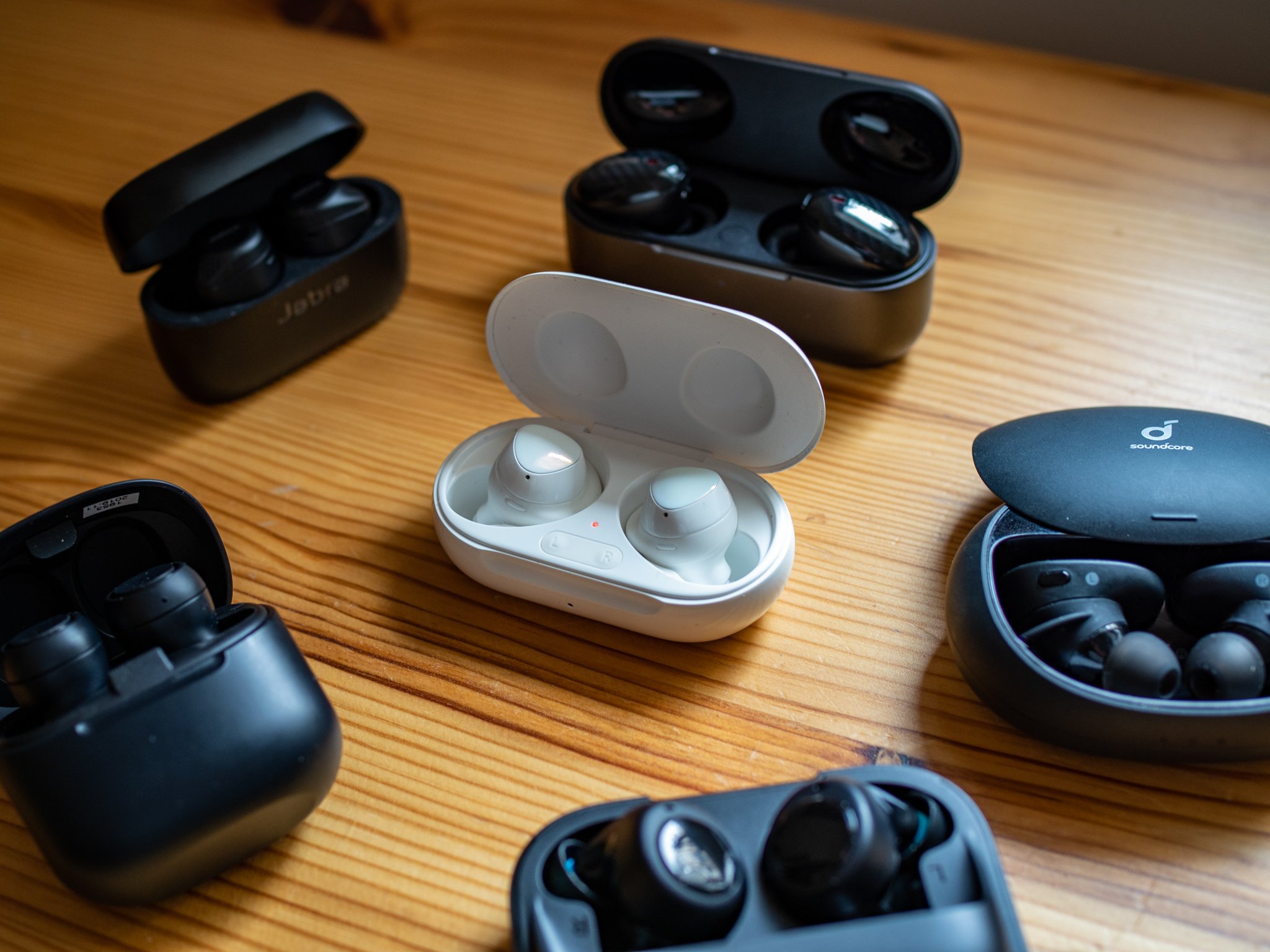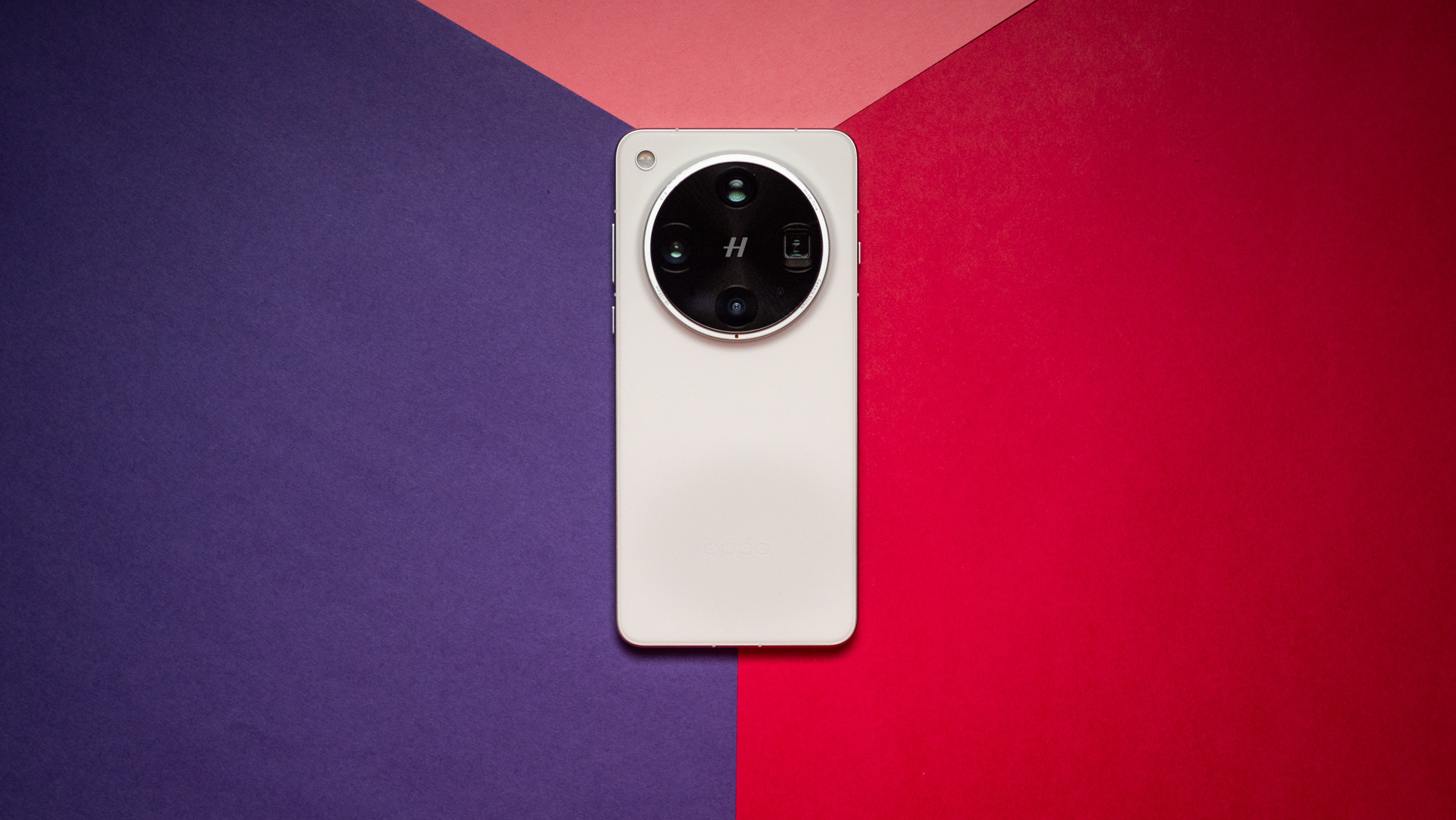Android Central Verdict
Bottom line: The Galaxy Buds Plus are among the best true wireless earbuds you can buy. Samsung has made improvements across the board, from sound quality to call quality to battery life — especially battery life — without losing any of the features people loved from the originals. They're not perfect, but for $150 you can't do much better.
Pros
- +
Excellent battery life
- +
Improved call quality over the originals
- +
Very good sound quality with the right fit
- +
Compact case that charges via USB-C or Qi
- +
Lots of configuration in the app
Cons
- -
Glossy case gets grimy quickly
- -
No auto-pause
- -
No active noise cancelation
- -
Gestures can be finicky while adjusting earbuds
Why you can trust Android Central
I wasn't a fan of the Galaxy Buds. By the time I tried them, in February 2019, I'd fallen in love with another, the Jabra Elite 65t, which I thought had better sound, a more comfortable fit, superior battery life, and physical buttons that didn't accidentally activate all the time.
A lot of people I knew loved the Galaxy Buds, and the Samsung IconX series before them, but I was not one of them. Samsung acknowledged that the out-of-box experience for the Buds weren't great, too: there were Bluetooth reliability issues, syncing issues, and a trove of other problems that, through myriad small software updates, got solved. By the time we heard rumors of the Galaxy Buds 2, or Galaxy Buds Plus as they were eventually called, most of the connectivity problems had been fixed, but the reputational damage had been done.
Now, with the Galaxy Buds Plus, Samsung's trying a fourth time to make fetch happen, and you know what? It worked.
What's great about the Galaxy Buds Plus
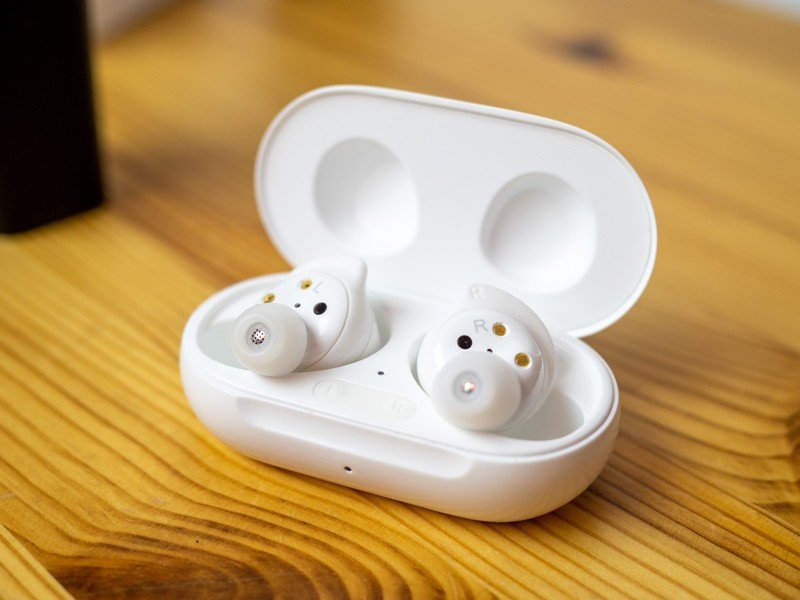
I'll start with the biggest improvement: you just can't kill these earbuds. I don't mean they'll survive getting run over (or even being dropped in a puddle — more on that later) but they have the best battery life I've ever experienced from a pair of true wireless earbuds. That is, the buds themselves — not when combined with the case — last around 10 hours, significantly higher than products like the Jabra Elite 75t (just six hours) and the AirPods Pro (around five hours). In fact, I had to run them down to test the battery life because, as opposed to most TWEs I've reviewed, I couldn't consistently use them for long enough in one sitting before needing to travel to another location, wherein I placed them back in the case.
Samsung managed to almost double the battery life in the Buds Plus without increasing the size of the earbuds or case at all, and that's a significant engineering feat. The battery cell inside the buds is about 50% larger than in the originals — 85mAh to 58mAh — but the company managed to miniaturize other components to balance everything out.
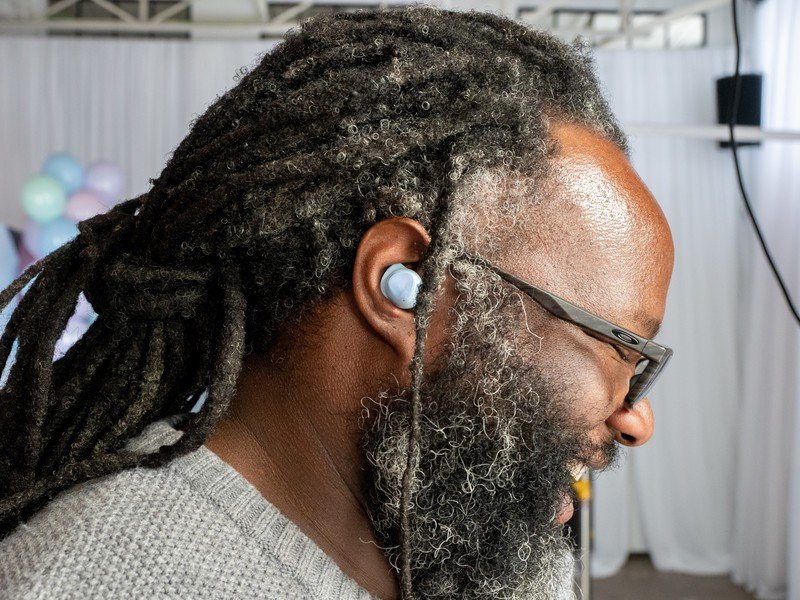
Further punching about its weight, the Galaxy Buds Plus, like their predecessor, support wireless charging and fast charging through USB-C, and paired with a Galaxy S10/Note 10/S20, I've found myself relying on Wireless PowerShare more than a few times. It's actually useful, don't laugh!
Then there's the microphone quality: these are by no means the best-sounding true wireless earbuds for making and receiving calls — I still recommend the Jabra Elite 75t or AirPods Pro for that — but they considerably clearer than last year. If you don't believe me, check out this YouTube video for a comparison.
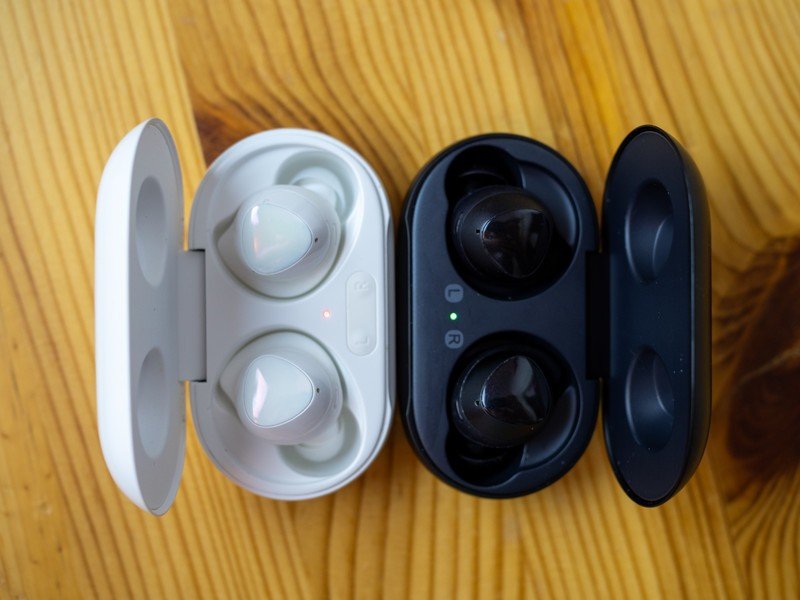
It cannot be overstated just how much Samsung screwed up call quality on the original Galaxy Buds. While the addition of a second external microphone here likely makes a tangible difference, I'd go so far as to say the originals were defective and these ones are not. No one I've talked to with the Galaxy Buds Plus has complained about my voice, or the background noise in a busy area, and everyone has confirmed, once I ask, that they sound a little muffled but perfectly intelligible.
If you can get a great seal with the included ear tips, you'll get excellent sound. But getting that seal is tricky.
Checking in on sound quality is where things get a bit tricky with these earbuds. Samsung offers three sizes of silicone tips with three wingtip options, but thanks to my massive earholes, no combination of the two allows the earbuds to sit comfortably in my ear. Instead, I had to borrow a pair of larger silicone tips from another set of headphones that fit better.
On the one hand, I get a great ear seal with them, which lets me evaluate the Galaxy Buds Plus in a way I wouldn't have been able to. On the other hand, they're one of a handful of true wireless earbuds I own where, for the life of me, I can't get a comfortable sustained seal with the included ear tips. Your mileage may vary, but if you can't get the Buds to sit properly, buy a set of these Comply memory foam tips, as they expand inside your ear and will make it much easier to get a good seal.
Anyway, with a good seal, the Galaxy Buds Plus still don't blow me away, but they're definitely competitive with many other true wireless earbuds in the category. By default, they have a neutral, flat sound, which means they don't emphasize lows or highs — Samsung calls this a "studio" or reference sound signature.
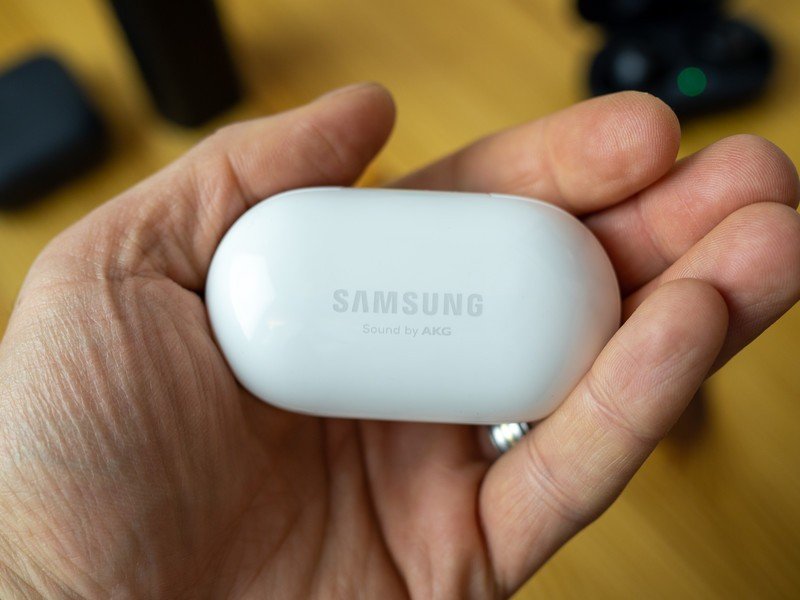
Unlike last year's Galaxy Buds, the Bluetooth connection on the Buds Plus has been solid from day one.
For spoken word listening, this default setting is preferable, since the mid-range is what's most important, but anyone listening to music of the boppy or jammy variety (which is basically all modern music) will want to head into the Galaxy Wearable app and change the equalizer setting to Dynamic, which boosts the signature to a more typical V shape — emphasized lows and highs.
Even on that setting, though, the 2020 Galaxy Buds don't produce a significant amount of bass, but what's there is accurate and true to the original recording, which is more than I can say for the Jabra Elite 75t.
You can also rely on a good seal in the ear to drown out external noise, which somewhat negates the need for active noise cancellation, which isn't present here. Instead, the passive isolation can be augmented with Samsung's excellent Ambient Sound mode, available in two strengths. By pumping in external sound through the two microphones, you can talk to people and interact with the world without removing the earbuds themselves, something I've grown to love over the past couple of weeks with these things. Samsung's ambient mode isn't quite as natural as the AirPods Pro or Jabra Elite 75t (seeing a trend?) but it's excellent nonetheless.
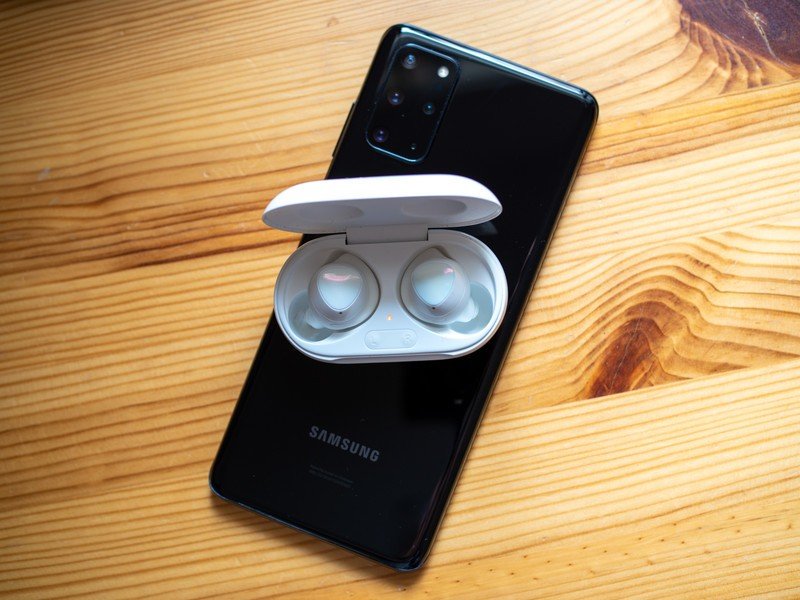
Another area Samsung excels is connectivity: unlike the Bluetooth issues that plagued the original Galaxy Buds when they were released a year ago, I've had nothing but solid connectivity with these, paired to a Galaxy S20+ or a Pixel 4 or even an iPhone. I appreciate that, on Samsung phones, the Buds Plus automatically connect quickly and can even be paired and bounced around multiple Samsung products if that's your thing.
Finally, there's a Spotify integration this time around that I totally dismissed before I actually started using it. If you'll recall, Samsung gave up any hope of capitalizing on its own music streaming service a few years ago, partnering instead with Spotify on a number of integrations, including pre-loading the app on its Galaxy phones and this, a seamless one-tap way to launch the service without taking your phone out.
For the millions of people who aren't Spotify users, this isn't likely to change your mind, but since I am, being able to press the side of an earbud for a couple of seconds and immediately begin streaming music has been revelatory. I often find myself, especially on cold days, finished with a podcast episode and wanting to listen to music. The minor convenience is nevertheless significant in the moment, a timer-saver that could have been a gimmick but for the fact that Samsung lets Spotify, which knows what you want to listen to, make the decision for you. It's good.
What's not great about the Galaxy Buds Plus
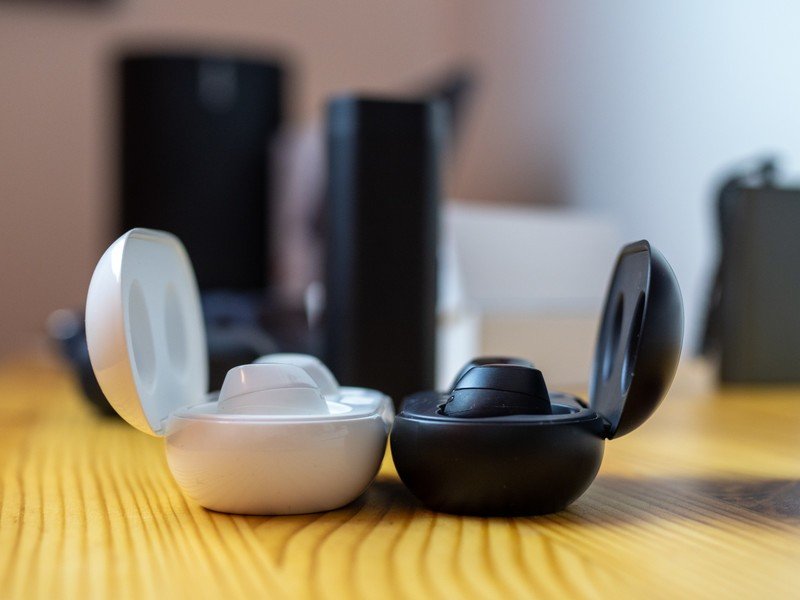
If you are in the market for true wireless earbuds, you're probably looking for a mixture of convenience, sound quality, connectivity, and price. At $150, The Galaxy Buds Plus are not cheap, and while they somewhat justify their $20 bump from last year, it would have been wiser of Samsung to position these as one-to-one replacements for that model, understanding that the previous option had critical flaws that undermined its presence in the market.
My main issue with the Galaxy Buds Plus is the same one I had last year: the side of each bud is capacitive, and responds to taps and holds to perform various functions. One tap for play/pause, two taps for next track, three for previous, and a customizable tap-and-hold gesture (like the aforementioned Spotify activation). I don't love gestures on a good day, but Samsung's are far too sensitive; a minor adjustment of an earbud, even when touching the edge, usually leads to a song being paused or a track skipped.
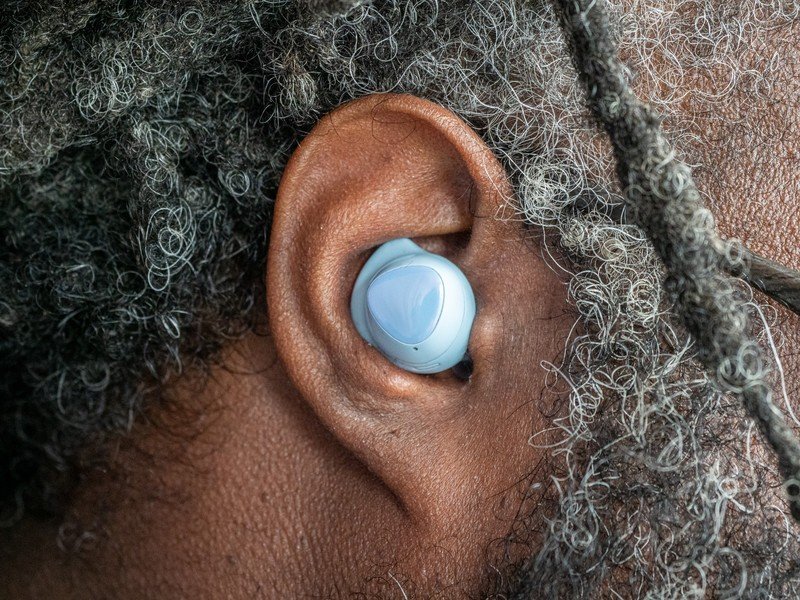
To its credit, Samsung allows you to lock the touchpad entirely, but not adjust the settings so a single tap does nothing. The company even added an experimental side-tap-for-volume-adjustment setting this year which seemed like a great idea but kept accidentally activating every time I wore a beanie (a toque for my Canadian readers out there).
I like the idea of gestures when implemented well, but actual buttons — like those found on some of my other favorite earbuds, the Jabra Elite 75t, Soundcore Liberty 2 Pro, and the Jaybird Vista — make more sense, in my opinion. If you love gestures, though, you may grow to tolerate these.
I'm also not thrilled with the idea that the Galaxy Buds Plus are not optimized for exercise; their IPX2 rating is wanting in a market increasingly full of TWEs that can stand up to sweat, rain, and an accidental drop in a puddle. This was an area I had hoped Samsung would address, and I'm optimistic the company will do so next year.
Galaxy Buds Plus are great for everyone, but competition is fierce
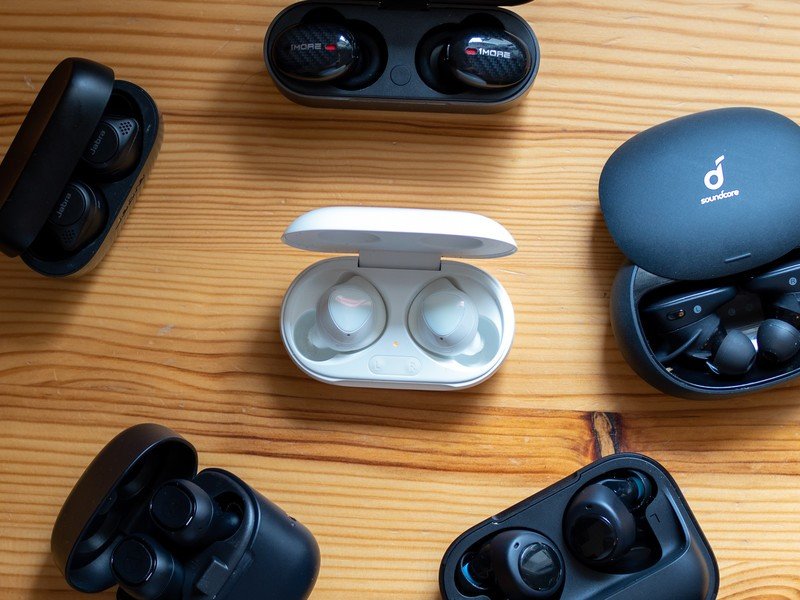
I'm not going to unreservedly recommend the Galaxy Buds Plus. For $150, you can get better sound from the Soundcore Liberty 2 Pro. For a little bit more, you can get improved portability and call quality from the Jabra Elite 75t. If you want noise-canceling and wireless charging, 1More's True Wireless ANC offer both. For working out, the Jaybird Vista are a better option.
4 out of 5
But unlike last year's Galaxy Buds, the 2020 model has no major flaws, no huge downsides, and a price and feature set in line with much of the competition. In fact, I've rated it right under the Jabra Elite 75t as the best true wireless earbuds for most people. That's because they do everything pretty well, and if you're a Samsung user, their seamless integration with the company's Galaxy phones make them irresistible. There's even an iOS app this year, which for the first time gives iPhone users access to the same features Android users have always had.
With major improvements to battery life, sound quality and especially call quality, the Galaxy Buds Plus are true winners.
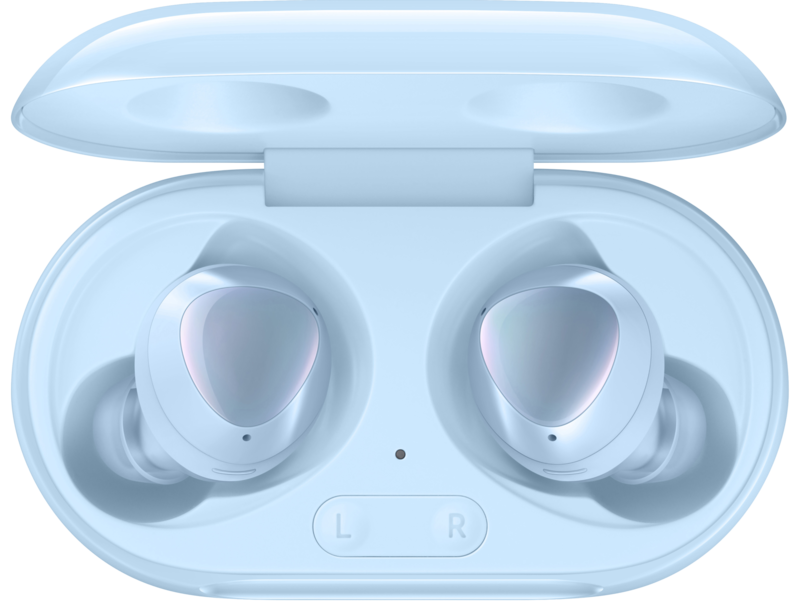
The Galaxy Buds Plus are among the best true wireless earbuds you can buy. Samsung has made improvements across the board, from sound quality to call quality to battery life — especially battery life — without losing any of the features people loved from the originals. They're not perfect, but for $150 you can't do much better.
Daniel Bader was a former Android Central Editor-in-Chief and Executive Editor for iMore and Windows Central.
